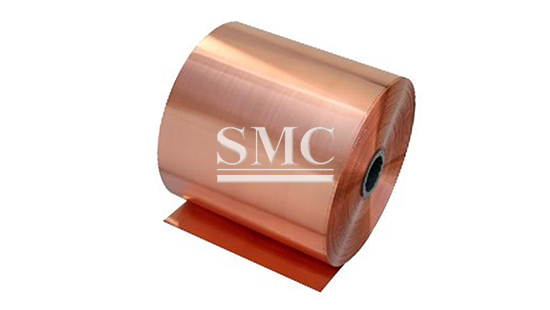
- Company overview The heart of SMC Vision & Philsophy Partnership Certifications Company culture
- Our service Design and Engineering Maintenance and Service Examine Production Line Upgrade and Transformation Storage and Logistics Processing, Trading and Distributor
- Management Our history Global responsibility Info Center
- Procurement center Internship
- Metal Steel Products Stainless Steel Products Aluminum Products Copper Products Galvanized Steel and PPGI Special Alloy Building Material
- Containers ISO Standard Container Equipment Container Storage Container Refrigerated/Reefer Container Offshore Container Container House Tank Container Container Fittings Container Trailer
- Gas Cylinder & Fire Extinguisher Cryogenic Liquid Cylinder Oxygen Gas Cylinder Storage Tank CNG Gas Cylinder LPG Gas Cylinder Hydrogen Gas Cylinder Nitrogen Gas Cylinder Industry Gas Cylinder Fire Extinguisher
- Metal Machinery Forming Machine Cutting Machine Processing Machine Bending Machine Block Machine Other Machinery Motor Spare Parts
- Mechanical Products Miscellany Mooring Equipment Marine Equipment Vehicle Industry Pressure Vessel Conveyor Belt Laser Equipment Bearing
- Electrical System Power Distribution Automation Electrical Cable Solar Power System Electric Protection System Transformer Production Line Lighting System
- Project Plastic Pipes and Pipe Fittings Fiberglass Reinforced Plastic Pontoon System
Electrolytic Copper Foil and Rolled Copper Foil
Both rolled copper foil and electrolytic copper foil belong to copper foil. The rolled copper foil and electrolytic copper foil are separated according to a method for producing a copper foil.
Copper foil can be classified into many types according to other methods.
For example, copper foil can also be divided according to the scope of application: copper clad laminate (CCL), copper foil for printed circuit boards (PCB), copper foil for lithium ion secondary batteries, and copper foil for electromagnetic shielding. In addition, copper foil can be divided into single-sided processed copper foil and double-sided (inverted) processed copper foil according to the surface treatment method. Copper foil can be divided into standard copper, high-strength copper foil (HD), high-temperature high-stretch copper foil (THE copper foil), and transfer-resistant copper foil according to performance.
There are other methods of copper foil, we will not introduce more. Let's introduce the knowledge about rolled copper foil and electrolytic copper foil.
Similarities and differences between electrolytic copper foil and rolled copper foil! Features of rolled copper foil and electrolytic copper foil:
1. Characteristics of electrolytic copper foil:
(1) Electrolytic copper foil has better conductivity
(2) Electrolytic copper foil molecules are relatively loose and easily broken
(3) The electrolytic copper foil is completed by a plating process.

2. Features of rolled copper foil:
(1) The rolling flexibility of rolled copper foil is better
(2) The unit price of rolled copper foil is more expensive than that of electrolytic copper foil. The rolled copper foil has compact molecules and good flexibility. The thinner the better, the better. Generally, products with bending requirements use rolled copper foil.
(3) The rolled copper foil is produced by a coating method.
Control of the thickness of rolled copper foil and electrolytic copper foil: Usually the factory has very strict requirements for the thickness of copper foil, usually between 0.3mil and 3mil. There is a special copper foil thickness tester to check its quality. Controlling the thickness of copper foil is mainly based on two reasons
1. A uniform copper foil can have a very uniform temperature coefficient of resistance and a low dielectric constant, which can make signal transmission losses smaller. This is different from the capacitor requirements, which require a high dielectric constant, so that it can accommodate more High capacity, why the resistance is smaller than the capacitor, after all, the dielectric constant is high!
2. The thin copper foil has a small temperature rise under high current conditions, which is of great benefit to heat dissipation and component life. It is also true that the width of the copper wire in digital integrated circuits is preferably less than 0.3 cm. The well-made FPC finished board is very uniform, and the gloss is soft (because the solder resist is brushed on the surface). This can be seen with the naked eye, but there are not many people who can see the quality of the copper-clad substrate, unless you are in the factory. Experienced quality inspection.
Similarities and differences between electrolytic copper foil and rolled copper foil! What are the similarities between rolled copper foil and electrolytic copper foil?
For more information, please visit: https://shanghaimetal.com/electrolytic_copper_foil_for_ccl_and_pcb-1760.htm
For our full list of products that we offer check out our website here. Be sure to join the conversation in our LinkedIn group, Facebook, Twitter.
Try also our We Chat by scanning the QR code below.
Fever L.//SMC Editor

